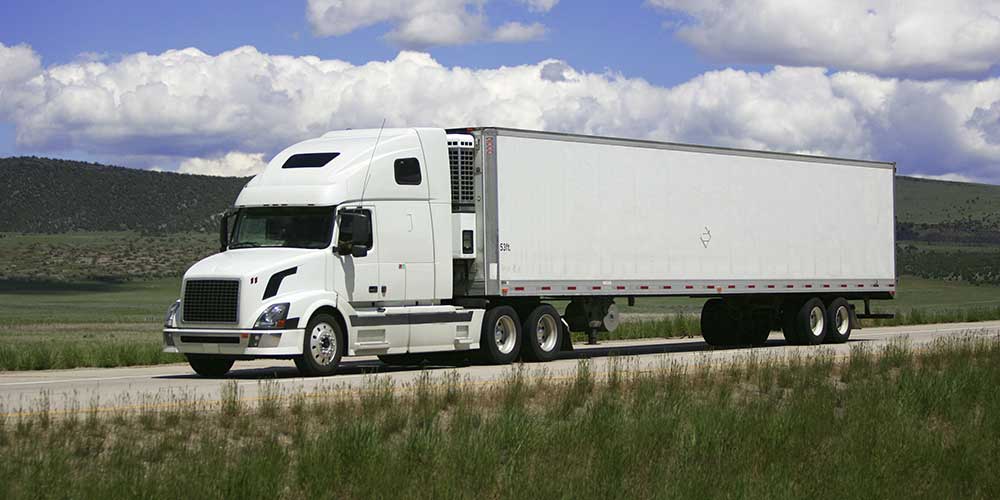 Transporting goods across the country can be expensive. This means shippers must make the best of the space that is allowed by state and federal law. Trailers, tankers and vans are only allowed to be a certain size, to allow them to travel safely, without endangering other people and property. The longest trailer allowed on US highways for instance is 60 feet.
Transporting goods across the country can be expensive. This means shippers must make the best of the space that is allowed by state and federal law. Trailers, tankers and vans are only allowed to be a certain size, to allow them to travel safely, without endangering other people and property. The longest trailer allowed on US highways for instance is 60 feet.
In order to give shippers more room, trailer designers began expanding in other directions. The first innovation was the 102 wide trailer that extended the width by several inches on each side. But that left a lot of room on the top of the trailer because most overpasses have 14 feet of clearance. This led to the development of the high cube van, which is 102” wide and 110” high, bringing it just six inches from the clearances on bridges and overpasses.
High cube vans can be both dry vans and temperature controlled reefers. Reefer service reefer trailers for cold goods and heated trailers for goods that need to remain at higher temperatures. Reefer high cube trailers are often used for local delivery of both frozen and refrigerated goods, as well as heated items, but some high cube reefers have been designed for over the road use as well.
 Another consideration that is very important for shippers is the weight of the goods that are being shipped. How heavy the cargo is will determine how ma
Another consideration that is very important for shippers is the weight of the goods that are being shipped. How heavy the cargo is will determine how ma
ny axles the truck will need. High cube vans come with steering axles, single axles and tandem axles. Tandem axles are usually used with shipping entire sides of beef or ice or other heavy grocery items.
High cube vans are also used by many “less than load” (LTL) companies. These companies combine the shipping needs of several different shippers who wish to move products to similar locations. Shippers either deliver the shipment to shipping terminals across the country or they can have the truck pick up each shipment. The driver then moves the entire shipment to the target area and delivers each portion to its intended destination, and returns yet another load.


